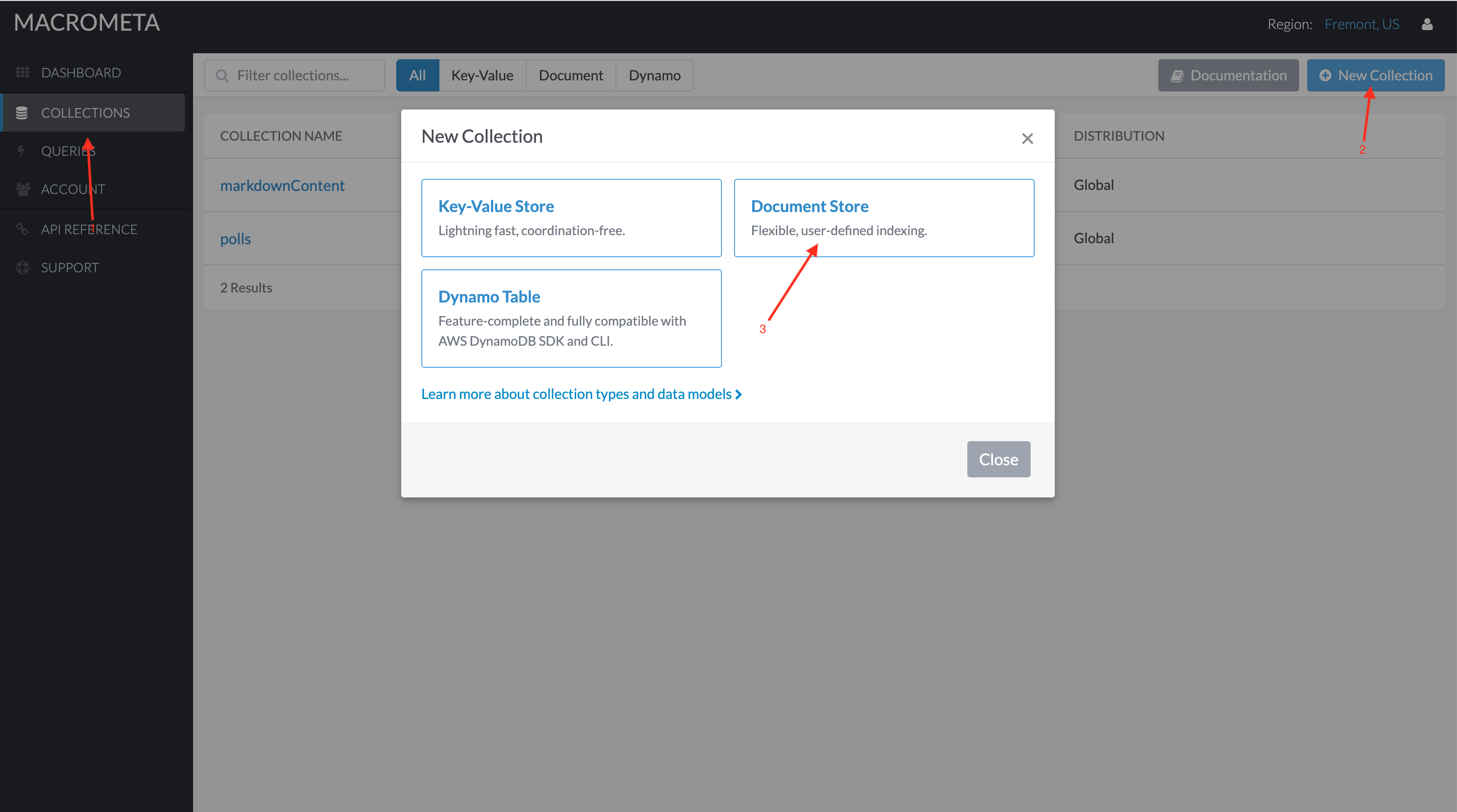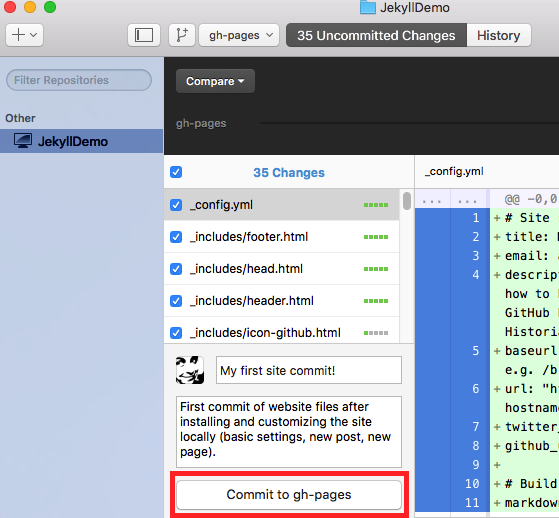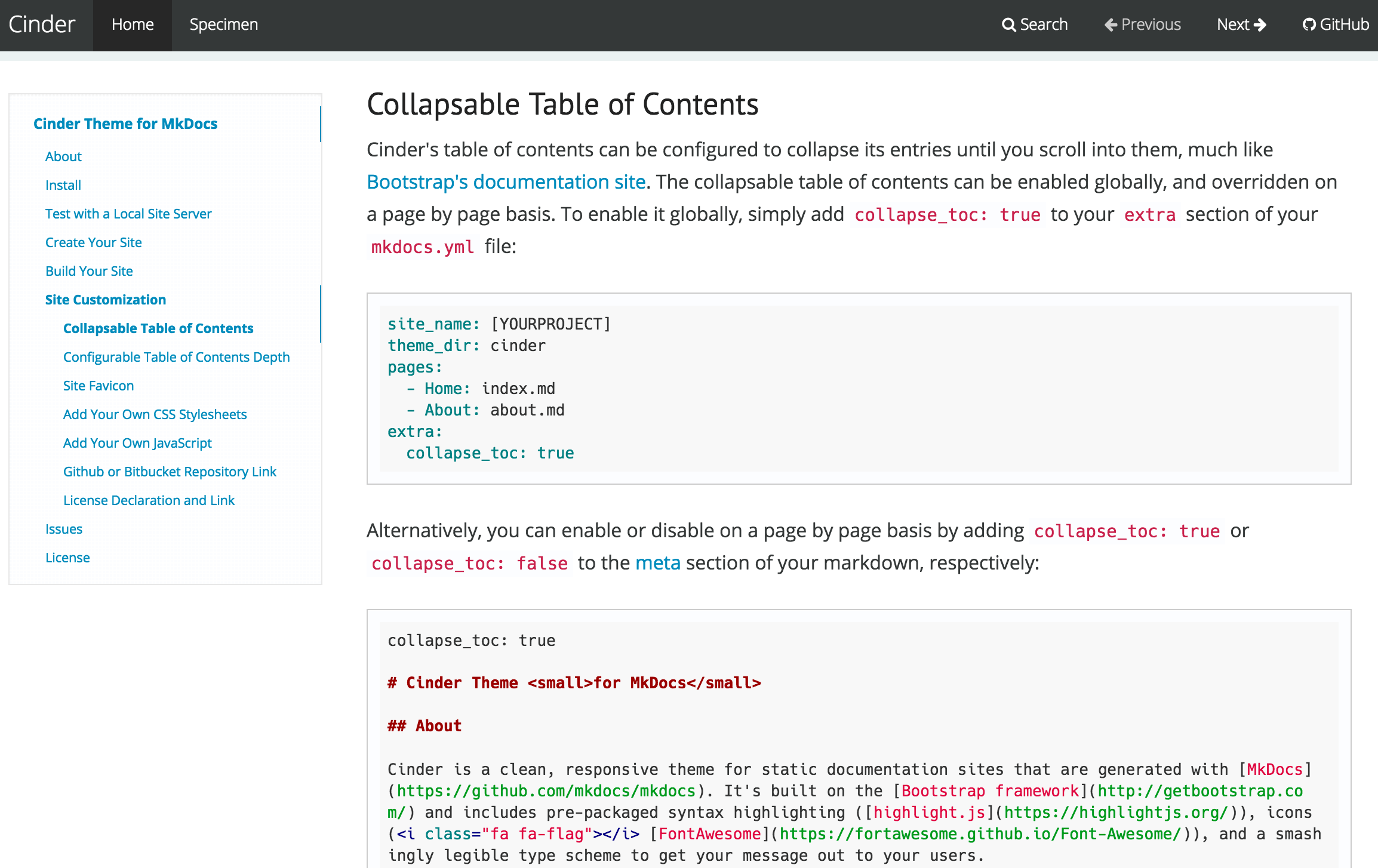Welcome to the Markdown Community Page
Markdown is
Welcome to GitHub Pages You can use the editor on GitHubto maintain and preview the content for your website in Markdown files. Whenever you commit to this repository, GitHub Pages will run Jekyllto rebuild the pages in your site, from the content in your Markdown files. I use jekyll to write post and show it in GitHub-pages. My source file is written with markdown. How can I insert formula into the markdown file? I don't want to save the formula into an image and load the image in markdown file. I actually want to write latex formula in markdown file directly. Pages lets you do the same things as GitHub, but if the repository is named a certain way and files inside it are HTML or Markdown, you can view the file like any other website. GitHub Pages is the self-aware version of GitHub.
a text-to-HTML conversion tool for web writers. Markdown allows you towrite using an easy-to-read, easy-to-write plain text format, thenconvert it to structurally valid XHTML (or HTML).
This page is maintained by and for the markdown community to document varioustools and resources available to document authors and developers, as well asimplementors of the various markdown implementations.
Authors
Coming soon...
Developers
Whether you're building a web site, a text editor, or something else, if yourproject needs to process markdown documents, you'll need to chose animplementation of a parser library. While the language your project iscoded in will likely have the largest impact on which implementation youchose, there are a number of other factors to consider. Is performancea high priority? Perhaps bindings to a C library will suit you best.Will untrusted users be able to post documents to your web site? Be sureyou are sanitizing the HTML to avoid XSS attacks and the like. Do youwant to offer support for a superset of Markdown's syntax? Will yoube writting your own superset? Some implementations come as/is, whileothers have varying degrees of customizability. Will your project have aninternational audience? Perhaps an implementation that supports Unicodeinput and/or right-to-left text is right for you.
Implementors

If you would like to develop your own implementation of the parser, you maywant to take a look at the rather lengthy list of existing implementationsalready out there (if your implementation is missing from the list, please add it).Obviously, not every one of those implementations parses markdown text in exactlythe same way. As this fragmentation of Markdown can cause frustration to thedocument author, it is important to be aware of the existing implementationsand how they behave. The very useful tool, Babelmark 2, has been providedby John MacFarlane to compare the output of various implementations. See John'sFAQ to add your implementation. The FAQ also discusses why this all mattersand provides examples of some common edge cases that various implementationsdisagree on.
6.2 GitHub
You can host your book on GitHub for free via GitHub Pages (https://pages.github.com). GitHub supports Jekyll (http://jekyllrb.com), a static website builder, to build a website from Markdown files. That may be the more common use case of GitHub Pages, but GitHub also supports arbitrary static HTML files, so you can just host the HTML output files of your book on GitHub. The key is to create a hidden file .nojekyll that tells GitHub that your website is not to be built via Jekyll, since the bookdown HTML output is already a standalone website.
If you are on Windows, you may not have the touch command, and you can create the file in R using file.create('.nojekyll').
One approach is to publish your book as a GitHub Pages site from a /docs folder on your master branch as described in GitHub Help. First, set the output directory of your book to be /docs by adding the line output_dir: 'docs' to the configuration file _bookdown.yml. Then, after pushing your changes to GitHub, go to your repository’s settings and under “GitHub Pages” change the “Source” to be “master branch /docs folder”. In this case, the .nojekyll file has to be in the /docs folder.
An alternative approach is to create a gh-pages branch in your repository, build the book, put the HTML output (including all external resources like images, CSS, and JavaScript files) in this branch, and push the branch to the remote repository. If your book repository does not have the gh-pages branch, you may use the following commands to create one:
After you have set up GIT, the rest of work can be automated via a script (Shell, R, or Makefile, depending on your preference). Basically, you compile the book to HTML, then run git commands to push the files to GitHub, but you probably do not want to do this over and over again manually and locally. It can be very handy to automate the publishing process completely on the cloud, so once it is set up correctly, all you have to do next is write the book and push the Rmd source files to GitHub, and your book will always be automatically built and published from the server side.
One service that you can utilize is Travis CI (https://travis-ci.org). It is free for public repositories on GitHub, and was designed for continuous integration (CI) of software packages. Travis CI can be connected to GitHub in the sense that whenever you push to GitHub, Travis can be triggered to run certain commands/scripts on the latest version of your repository.12 These commands are specified in a YAML file named .travis.yml in the root directory of your repository, and they are usually for the purpose of testing software, but in fact they are quite open-ended, meaning that you can run arbitrary commands on a Travis (virtual) machine. That means you can certainly run your own scripts to build your book on Travis. Note that Travis only supports Ubuntu and Mac OS X at the moment, so you should have some basic knowledge about Linux/Unix commands.
Github Pages Markdown Toc
The next question is, how to publish the book built on Travis to GitHub? Basically you have to grant Travis write access to your GitHub repository. This authorization can be done in several ways, and the easiest one to beginners may be a personal access token. Here are a few steps you may follow:

- Create a personal access token for your account on GitHub (make sure to enable the “repo” scope so that using this token will enable writing to your GitHub repos).
- Encrypt it in the environment variable
GITHUB_PATvia command linetravis encryptand store it in.travis.yml,e.gtravis encrypt GITHUB_PAT=TOKEN. If you do not know how to install or use the Travis command-line tool, simply save this environment variable via https://travis-ci.org/user/repo/settings whereuseris your GitHub ID, andrepois the name of the repository. - You can clone this
gh-pagesbranch on Travis using your GitHub token, add the HTML output files from R Markdown (do not forget to add figures and CSS style files as well), and push to the remote repository.
Assume you are in the master branch right now (where you put the Rmd source files), and have compiled the book to the _book directory. What you can do next on Travis is:
The variable name GITHUB_PAT and the directory name book-output are arbitrary, and you can use any names you prefer, as long as the names do not conflict with existing environment variable names or directory names. This script, together with the build script we mentioned in Section 5.1, can be put in the master branch as Shell scripts, e.g., you can name them as _build.sh and _deploy.sh. Then your .travis.yml may look like this:
The language key tells Travis to use a virtual machine that has R installed. The secure key is your encrypted personal access token. If you have already saved the GITHUB_PAT variable using the web interface on Travis instead of the command-line tool travis encrypt, you can leave out this key.

Since this Travis service is primarily for checking R packages, you will also need a (fake) DESCRIPTION file as if the book repository were an R package. The only thing in this file that really matters is the specification of dependencies. All dependencies will be installed via the devtools package. If a dependency is on CRAN or BioConductor, you can simply list it in the Imports field of the DESCRIPTION file. If it is on GitHub, you may use the Remotes field to list its repository name. Below is an example:
If you use the container-based infrastructure on Travis, you can enable caching by using sudo: false in .travis.yml. Normally you should cache at least two types of directories: the figure directory (e.g., _main_files) and the cache directory (e.g., _main_cache). These directory names may also be different if you have specified the knitr chunk options fig.path and cache.path, but I’d strongly recommend you not to change these options. The figure and cache directories are stored under the _bookdown_files directory of the book root directory. A .travis.yml file that has enabled caching of knitr figure and cache directories may have additional configurations sudo and cache like this:
If your book is very time-consuming to build, you may use the above configurations on Travis to save time. Note that packages: yes means the R packages installed on Travis are also cached.
All above scripts and configurations can be found in the bookdown-demo repository: https://github.com/rstudio/bookdown-demo/. If you copy them to your own repository, please remember to change the secure key in .travis.yml using your own encrypted variable GITHUB_PAT.

Github Pages Markdown Download
GitHub and Travis CI are certainly not the only choices to build and publish your book. You are free to store and publish the book on your own server.

